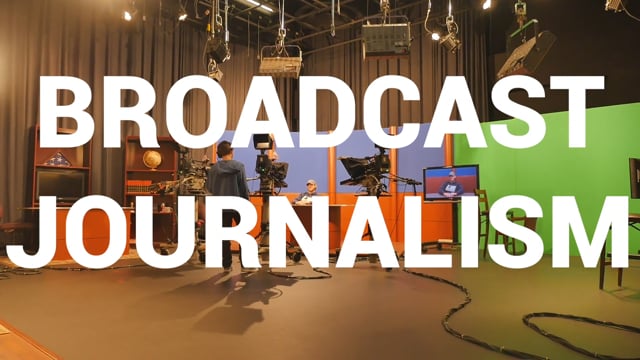|
Course objectives |
|
|
MS Excel: |
|
|
1 |
Identify the different components of the Excel worksheet |
|
2 |
Use the Office Assistant |
|
3 |
Open an existing workbook and create a new workbook |
|
4 |
Enter text and formulas in to an Excel spreadsheet |
|
5 |
Construct formulas to manipulate numeric data in an Excel Worksheet |
|
6 |
Create a spreadsheet to tabulate and record numeric values |
|
7 |
Change the appearance of an Excel spreadsheet |
|
8 |
Set up the chart function of Excel to represent numeric data in multiple formats |
|
9 |
Differentiate between formulas and functions in Excel. |
|
10 |
Use at least four functions that are stored in Excel |
|
MS Access: |
|
|
1 |
Examine database concepts and explore the Microsoft Office Access environment. |
|
2 |
Design a simple database |
|
3 |
Build a new database with related tables |
|
4 |
Manage the data in a table. |
|
5 |
Query a database using different methods. |
|
6 |
Design a form |
|
7 |
Generate a report |
|
Course outcomes |
|
|
MS Excel: |
|
|
CO1 |
Navigate your way around Microsoft Excel, Create and work with a new workbook |
|
CO2 |
Open and navigate within workbooks and worksheets, Make changes to data in a workbook |
|
CO3 |
Make changes to data in a workbook, Understand and work with ranges in a worksheet |
|
CO4 |
Copy and paste data in Excel, Use the fill operations available to fill a data series |
|
CO5 |
Understand, create and work with formulas and functions, Understand and use formula cell referencing |
|
CO6 |
Use font formatting techniques, Understand and use the number formatting features in Excel |
|
CO7 |
Create effective charts in Microsoft Excel, Obtain help for Excel whenever you need it |
|
MS Access: |
|
|
CO1 |
Understand how Access is used and how to navigate around it |
|
CO2 |
Create a database structure using Access |
|
CO3 |
Modify the structure of an existing table |
|
CO4 |
Add records to a new table |
|
CO5 |
Work with the records in a database table |
|
CO6 |
Sort and filter records in a table |
|
CO7 |
Create simple and effective queries |
|
CO8 |
Create meaningful reports from tables |
|
CO9 |
Create and use forms |

- Teacher: NOOR UNISA
Objectives:
The course is designed to develop reading skills especially, when one wants to find information quickly, to identify what is important in a text, to compare different sources of information and to read critically. The course also teaches how different texts are structured and how best a student can deal with syntax and vocabulary problems.
The course is also student-centric and if students participate actively in the classroom deliberations, they would certainly evolve to become proficient readers in English.
Course Outcomes:
By the end of the course, students will be able to:
CO1.Determine the meaning of words by using context clues
CO2.Distinguish between definitions and any accompanying negative and/or positive connotations and use those to help determine facts, opinions, blended statements or an author’s bias.
CO3. Use pre-reading skills to predict content of texts
CO.4 Annotate effectively for active reading, increased comprehension and retention.
CO5. Identify topic sentences and main ideas; discern major from minor details
CO6. Read a variety of authentic college level readings: academic prose, literary forms, journalistic articles and scientific readings, and respond thoughtfully and critically
CO7. Articulate main ideas, both stated and inferred, and important details in academic, journalistic, and literary prose
CO8. Recognize link words to determine patterns of organization and use them to predict the meaning.
CO9. Distinguish fact from opinion in reading passages
CO10. Write a summary of an academic multiple-paragraph reading passage from an under graduate level reading that is approximately one third the length of the original in which the main ideas and major details are accurately paraphrased.
CO11. Be able to identify the setting, main events, climax, resolution and theme of a novel
CO12. Become familiar with the wording and expectations of college/university exam questions

- Teacher: JOSEPH CHRISTADOSS T
This course provides students with practical skills in the capture and packaging of sound (voice and ambient sound) and image (moving images) in an online journalistic context. Future journalists will be expected to enter the profession with a 'grab bag' of skills across the written, visual and aural modes, and will also be required to be able to produce 'packaged' stories for publication on a variety of platforms. With a strong skills focus, this course provides students with hands-on experience with equipment for sound capture, image capture and online publishing. It will also expose students to deadline-driven tasks, set to emulate the intense and demanding working environment of multi-skilled journalists. Legal, professional and ethical issues in relation to broadcast journalistic practice will also be discussed.

- Teacher: ARPITA SENGUPTA